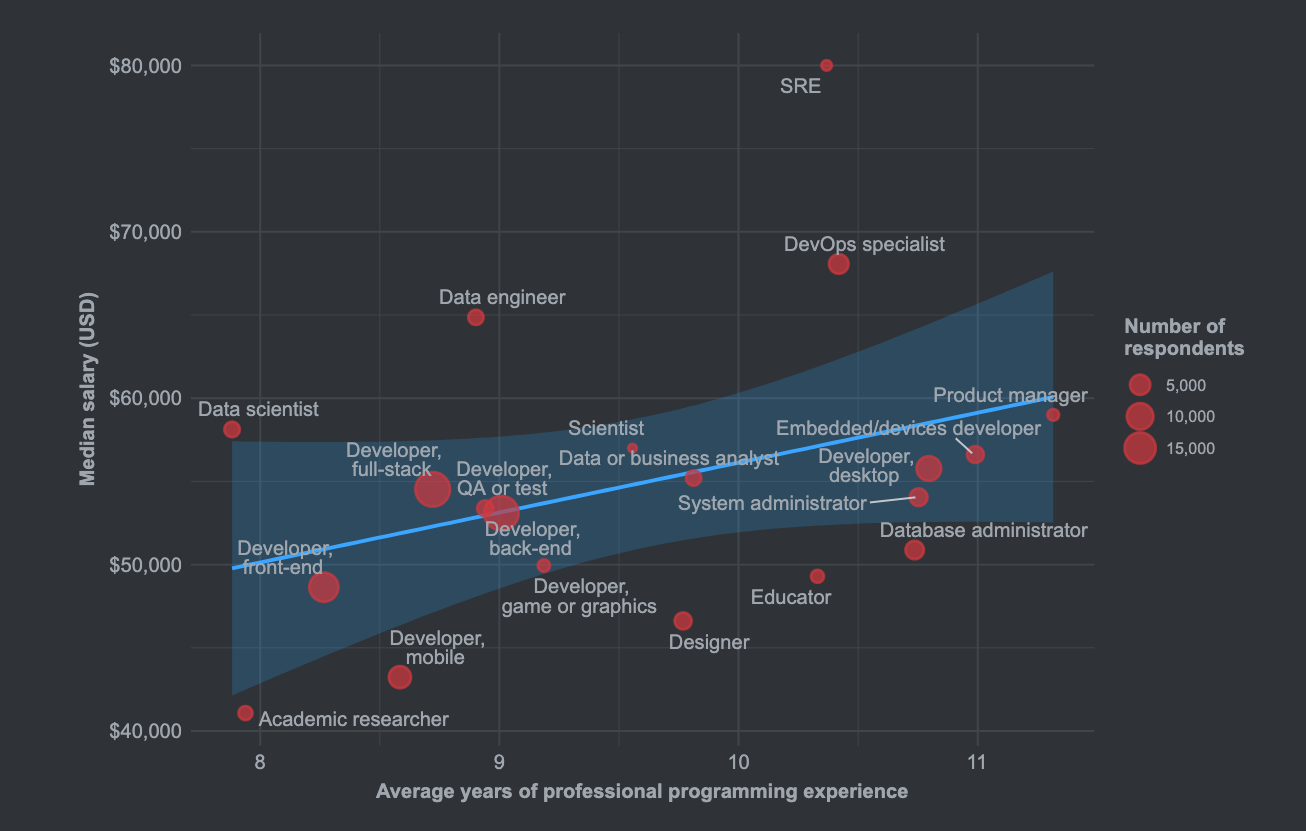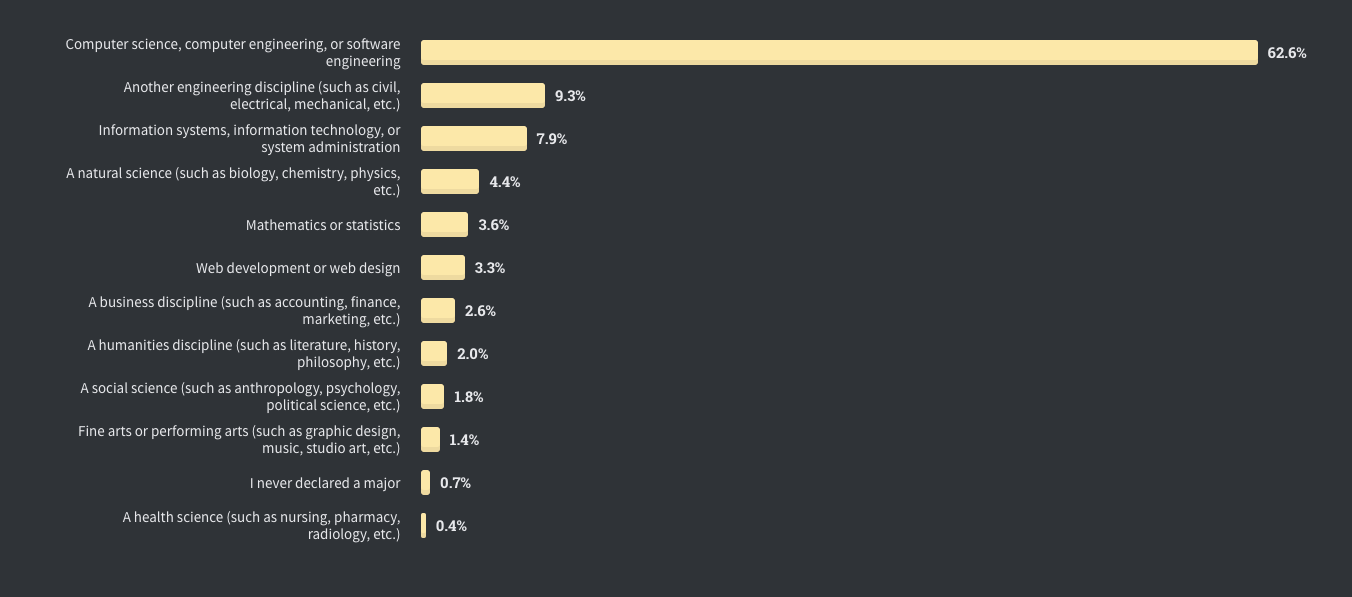BREAKING NEWS
LATEST POSTS
-
Smart Mirror Alexa Touchscreen (with Face ID) using Raspberry Pi 4
Part List (Essentials):
———————————————–
Mirror: https://amzn.to/2YZBViO
Mirror 2: another mirror
IR Frame: https://amzn.to/3d0HFwW
Monitor: https://amzn.to/3ccTQXh
(You may need to shop around)———————————————–
Part List (Optional):
———————————————–
LED Strip Lights: https://amzn.to/2WzUIhQ—————————————-
Links from Video
—————————————-
Download Raspberry Pi OS: https://www.raspberrypi.org/
MagicMirror: https://magicmirror.builders/
PM2 Auto Starting MagicMirror: https://github.com/MichMich/MagicMirror/wiki/Auto-Starting-MagicMirrorMirror Modules:
Spotify: https://github.com/bugsounet/MMM-Spotify
Face Recognition: https://github.com/EbenKouao/MMM-Face-Recognition-SMAI
Smart Touch: https://github.com/EbenKouao/MMM-SmartTouch
Web Fluid Simulation: https://paveldogreat.github.io/WebGL-Fluid-Simulation/ -
Raspberry Pi – introduction and basic projects
Connect through SSH on windows
https://www.putty.org/Connect through Desktop
Remote DesktopCommon commands
> sudo raspi-config
> sudo apt-get update
> sudo apt-get upgrade
> ifconfig
> nano test.py
> wget https://path.to.image.png
> sudo apt-get install git
> git clone https://REPOSITORY
> sudo reboot
> suto shutdown -r now (reboot after shutdown)
> cat /etc/os-releaseStarting kits:
-
NVIDIA Real Time Marbles RTX through the Omniverse Platform
Marbles runs on a single Quadro RTX 8000 simulating complex physics in a real-time ray traced world.
FEATURED POSTS
-
Eye retina’s Bipolar Cells, Horizontal Cells, and Photoreceptors
In the retina, photoreceptors, bipolar cells, and horizontal cells work together to process visual information before it reaches the brain. Here’s how each cell type contributes to vision:
-
Tracing Spherical harmonics and how Weta used them in production
A way to approximate complex lighting in ultra realistic renders.
All SH lighting techniques involve replacing parts of standard lighting equations with spherical functions that have been projected into frequency space using the spherical harmonics as a basis.
http://www.cs.columbia.edu/~cs4162/slides/spherical-harmonic-lighting.pdf
Spherical harmonics as used at Weta Digital











